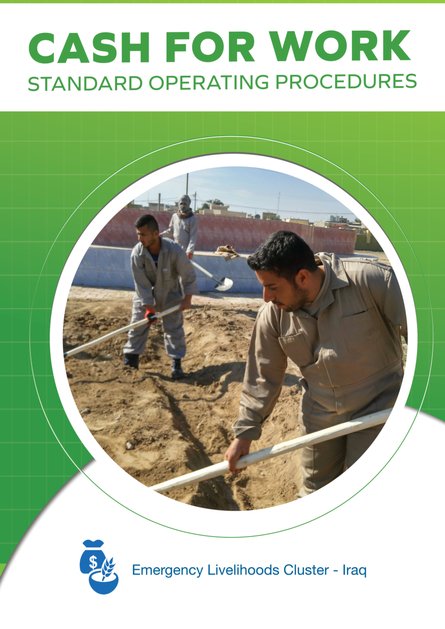
The humanitarian crisis in Iraq is one of the largest, and has seen the fastest rate of displacement since it began in 2014. Vulnerable population sin Iraq include both the newly and long-term displaced, those who remained in conflict areas, those who returned to newly liberated areas (NLAs), as well as communities hosting displaced. For those affected by the conflict, all aspects of life have been disrupted including access to health care, education, income opportunities and safety and security. The 2017Humanitarian Response Plan anticipates that during 2017 as many as 11 million people will require some form of humanitarian assistance including 4.2 million internally displaced persons(IDPs), 1.1 million in-camp residents, 3.1 million residents in host communities, and 1.9 million people returning to NLAs. The Emergency Livelihoods Cluster strategy is to help conflicted-affected people cope with the impact of crisis and improve social cohesion and reduce tensions that lead to violence, secondary displacement and forced returns. Following this strategy, livelihoods partners’ most immediate objective in responding to the needs is to help replace lost assets, especially income-generating assets, and generate urgent cash income for highly vulnerable families in priority locations. Areas that are high priority for intervention are those that have a high possibility of social tension. The cluster partners will target 159,106 people in need, with a special focus on both the newly displaced and people in protracted displacement, host communities, highly vulnerable resident families and returnees depending on their specific situation and the local context.